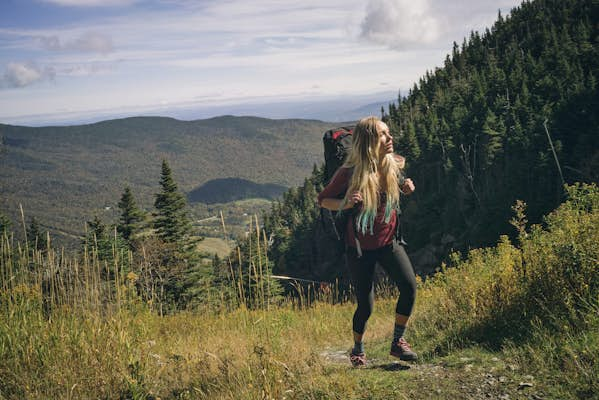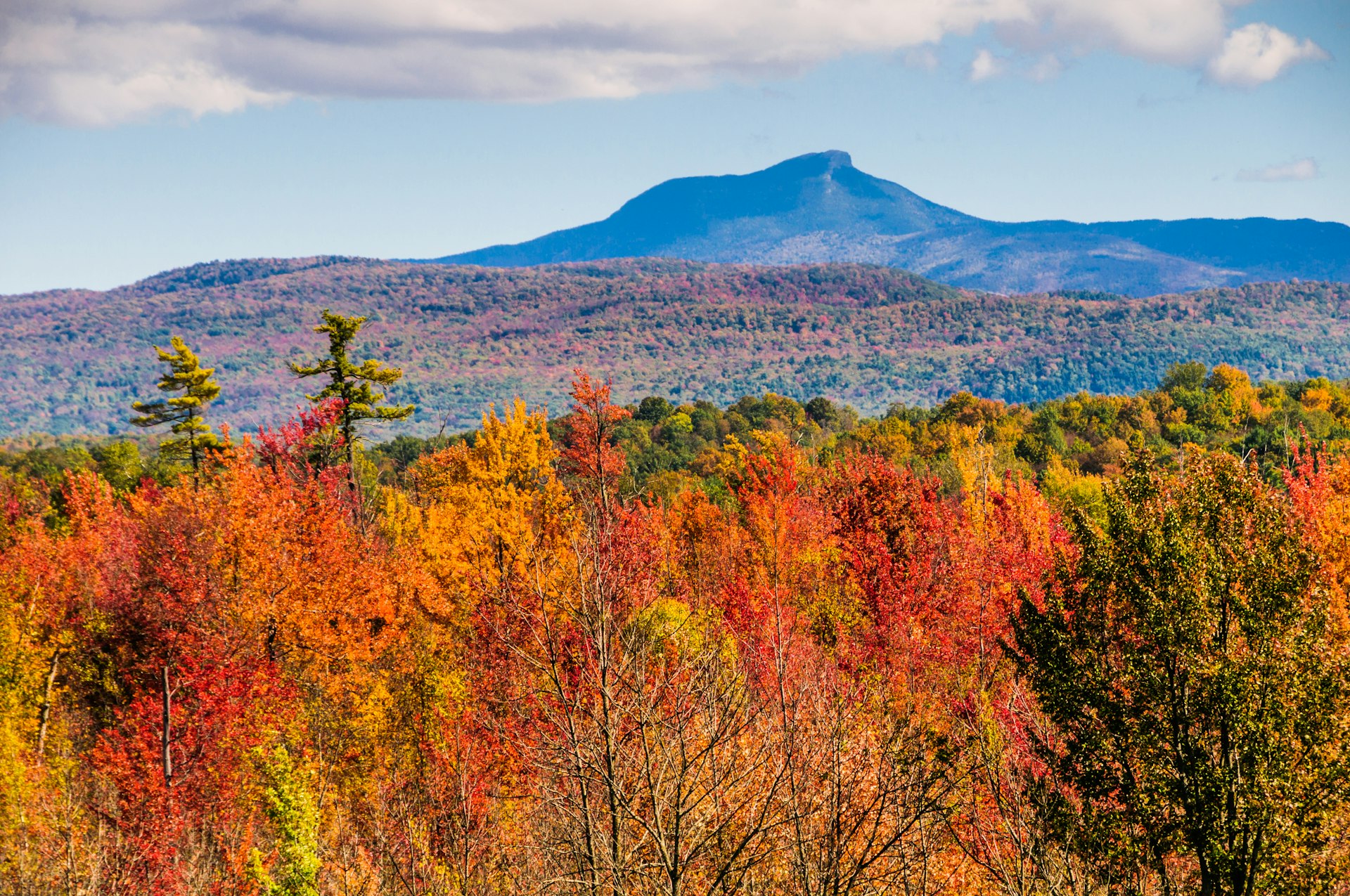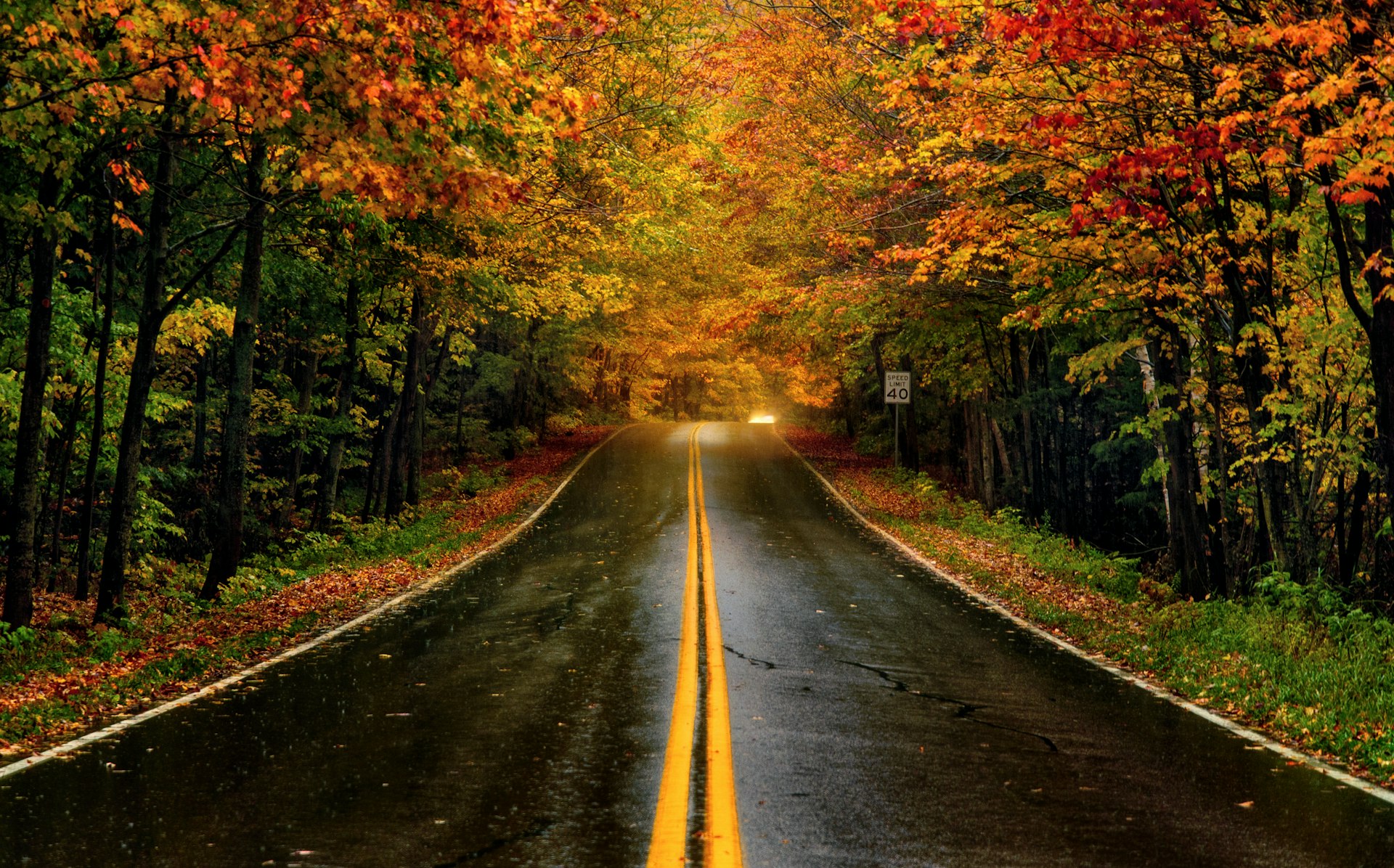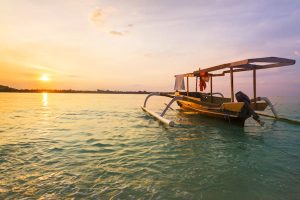
Squeezed between the Canadian border to the north and the Massachusetts border to the south, Vermont is beloved for its bucolic landscapes, Holstein-dotted pastures, pointy white-church steeples, craggy mountains and the sparkling Lake Champlain.
Vermont has one national park, but its state parks – some with full amenities and others a bit more rustic – are spectacular. Visiting them is the best way to immerse yourself in all the state has to offer, from its 800 lakes and ponds to the Green Mountains and neighboring peaks.
Get more travel inspiration, tips and exclusive offers sent straight to your inbox with our weekly newsletter.
1. Underhill State Park
Best park for summiting the state’s highest mountain
On the edge of 39,837-acre Mt Mansfield State Forest, Underhill State Park is one of the most popular springboards for hiking Vermont’s highest peak. It boasts some iconic trails, such as Sunset Ridge, a cairn-marked rocky rib that climbs towards Mt Mansfield’s 4393ft summit and sweeping views of Champlain Valley, Lake Champlain and the entire ridgeline of the Green Mountains.
The park sits at an elevation of about 2000ft and has four trails to the summit, as well as a historic Civilian Conservation Corps road and a CCC-built pavilion that campers in the group tent sites can use. Watch out for the Wampahoofus, a mythological monster with one short leg and one long one – ideal for traveling the steep slopes of Mt Mansfield.
In winter, when the park gates are closed for the season, skiers park along the road to Underhill to access backcountry lines.
 Camel’s Hump is one of the state’s most popular parks – each year thousands of hikers “bag” the summit or trek through the premises to get to Vermont’s iconic end-to-end Long Trail © KenWiedemann / Getty Images
Camel’s Hump is one of the state’s most popular parks – each year thousands of hikers “bag” the summit or trek through the premises to get to Vermont’s iconic end-to-end Long Trail © KenWiedemann / Getty Images
2. Camel’s Hump State Park
Best park for hikers of all abilities
This state park is home to Camel’s Hump, Vermont’s third-highest peak at 4083ft. Although it has no facilities aside from trail-access parking lots, it’s one of the state’s most popular parks – each year thousands of hikers “bag” the summit or trek through the premises to get to Vermont’s iconic end-to-end Long Trail.
There’s a trail for every hiker here, from the popular Burrows Trail, which leads to the landing just below Camel’s Hump’s distinctive summit, to the StairMaster-like Forest City Trail, which climbs up its most precipitous face.
Detour off the Monroe Trail onto the Alpine Trail to see the wreckage of a World War II fighter plane or check out other zones of Camel’s Hump State Forest. Enter through the Nordic ski area to hike to Burt’s Crown, a favorite local spot, or strap on skis in winter to explore Honey Hollow. Overnight options for backpackers include Montclair Glen Lodge, as well as an enclosed shelter and numerous campsites and lean-tos (temporary, freestanding shelters).
The best time to visit Vermont
3. Lake St Catherine State Park
Best park for families with kids
Nestled on the shores of Lake St Catherine, this state park has 50 campsites, 11 lean-tos, a boat launch and a vast multi-use trail network, from which mountain bikers and hikers can hop on the Slate Valley Trails, winding far and wide through the town of Poultney.
Fish for panfish and Great Northern Pike in the lake, or hoot and holler wakeboarding or waterskiing. Though it’s far from any big cities, the park is a popular destination for its beautiful beaches and massive lawns in the day-use area.
Along with the beach, kids love the playground, which makes it one of the best state parks for families. Disc golfers will also be thrilled with the park’s course.
 Quechee Gorge is one of the state’s most prominent natural features © James Casil / Shutterstock
Quechee Gorge is one of the state’s most prominent natural features © James Casil / Shutterstock
4. Quechee State Park
Best park for river and gorge views
Carved by glaciers approximately 13,000 years ago, with the Ottuaquechee River running through it today, Quechee Gorge is one of the state’s most prominent natural features. Most people take in the views off Vermont Rte 4, at the top of the gorge.
Stop in at Quechee Park, a former wool-processing mill, to enjoy the campground and day-use areas, including a skeet range, baseball diamond, picnic area, volleyball, horseshoes and campsites. Take the Quechee Gorge Trail to the river for expansive views from the gorge bottom.
The park is close to the towns of Quechee and Woodstock, which have great shopping, plenty of historical sites to visit and fantastic food and ice cream.
5. Kingsland Bay State Park
Best park for relaxing on the water
Thanks to Kingsland Bay’s perch on one of the most scenic sections of Lake Champlain’s shoreline, lake access and Adirondack views are the biggest draw for most visitors. There’s a 1790’s house, a banquet hall and an old theater on the property you can rent for events, but it’s the vast lawn rolling down to the water – where there’s easy access to swimming, paddling, boating and splashing – that’s the big draw.
Rent a boat to explore the Bay and Lake Champlain, or paddle over to the hiking trails that meander around the shore.
Originally a girl’s camp, Kingsland Bay has been in the Vermont State Park network since the late 1960s, and 50 of its 264 acres are a designated natural area for their unique flora, including a cedar-pine forest on a bluff overlooking the lake.
The park is close to Vergennes and its quaint shops and bustling bistros. It’s also near several historical sites and the Lake Champlain Maritime Museum.
 Once part of the Underground Railroad and a route for Prohibition-era hooch smugglers, Smugglers’ Notch is now a winding scenic road © Naphat Photography / Getty Images
Once part of the Underground Railroad and a route for Prohibition-era hooch smugglers, Smugglers’ Notch is now a winding scenic road © Naphat Photography / Getty Images
6. Smugglers’ Notch State Park
Best park for winter action
Once a part of the Underground Railroad, a route for Prohibition-era hooch smugglers, and also Vermonters sneaking cattle and other goods into Canada after Thomas Jefferson banned international trade, Smugglers’ Notch is now a winding scenic road. Visitors admire the towering cliffs, climb the roadside boulders or hike sections of the Long Trail north and south.
Though the road is closed in winter, the park remains a haven for ice climbers and skiers, with side-country routes dropping onto Rte 108 from both Stowe and Smugglers’ Notch resorts. The area is also popular with sledders, Nordic skiers, snowshoers and their pups. Most visitors come for the day, but there are 20 campsites and 14 lean-tos and a bathroom. But the narrow notch is best for tents and vans, not RVs.
Top things to do in Vermont
7. Burton Island State Park
Best park for a day trip
Located in Lake Champlain near St Albans, with lean-tos, campsites, paddler-only campsites, a marina and a network of bike paths, the 253-acre Burton Island State Park is ultra popular in the summer with families – it’s nearly impossible to get a reservation unless you plan well in advance.
But it’s just as delightful to visit for the day for birding, biking, fishing and hiking; plus, with three miles of shoreline, there’s plenty of swimming on all sides. And because it’s only accessible by boat, the park feels remote, even though it’s just a 10-minute ferry ride from the mainland. (Or you can swim.)
History buffs will enjoy learning about the park’s agricultural past. A camp store and restaurant keep visitors well-fed and supplied.
 The historic Billings Farm & Museum is part of Vermont’s Marsh-Billings-Rockefeller National Historical Park © Esposito Photography / Shutterstock
The historic Billings Farm & Museum is part of Vermont’s Marsh-Billings-Rockefeller National Historical Park © Esposito Photography / Shutterstock
8. Marsh-Billings-Rockefeller National Historical Park
Best park for history and culture
On the edge of Woodstock, Vermont, this national historical park has activities for nature lovers, history buffs and those interested in land conservation and stewardship issues. On one side of Elm St, 600 acres of conserved land is crisscrossed by carriage roads and trails, welcoming walkers and hikers. On the other side is the historic Billings Farm & Museum and the ornate Victorian-style Marsh-Billings-Rockefeller Mansion, originally the boyhood home of George Perkins Marsh, a noted conservationist and US diplomat.
While not a place to spend the night, it would take days to explore the entire park. Get to know the mansion and its sprawling gardens (both are national historic landmarks), marvel at the landscape, wander the Billings Museum and take the self-guided Civil War Homefront Walking Tour, which provides a unique perspective on the conflict from a civilian’s viewpoint. The park recently added exhibits on the Abenaki people – the first group of people to settle Vermont. The Marsh-Billings-Rockefeller National Park was built on their homeland.



